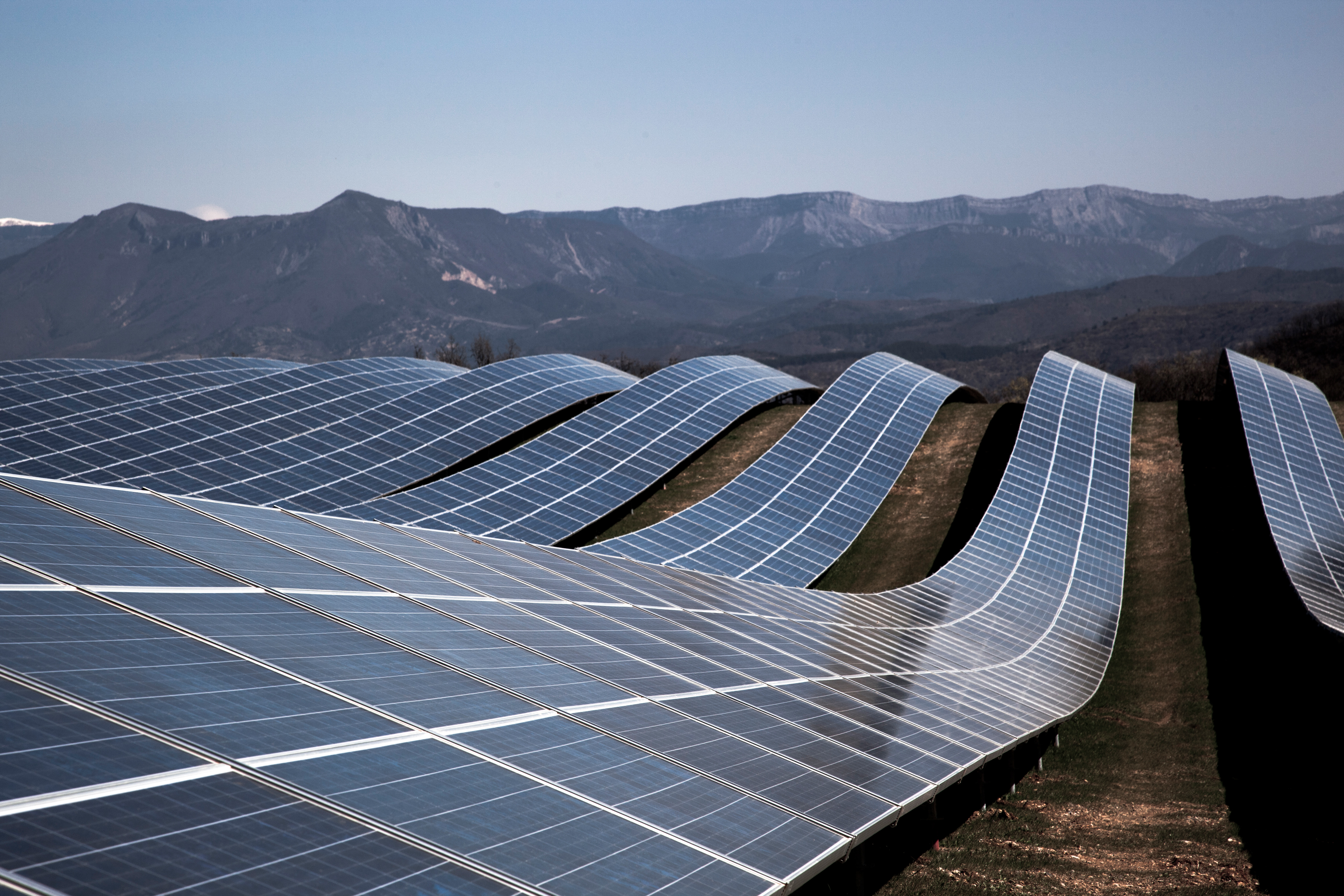Investing into renewable energy sources is the future for our civilization. In the previous post I have discussed ‘Geothermal energy’ as one of the renewable energy source with enormous potential.
Can you also think of other unlimited energy source? Already in 19th. century Thomas Alva Edison well said: ‘I’d put my money on the sun and solar energy. What a source of power’. Solar energy is truly a gold! It also has unlimited capacity in terms of energy. But how to capture such a powerful source? By PV (Photovoltaic) systems.
Solar PV systems works by capturing the sun’s energy using photovoltaic cells, the cells convert the light into electricity making a major contribution to powering for your home. PV panels don’t necessary need direct sunlight to work and they still produce electricity.
Let me briefly explain how does it work? The light shines directly into photovoltaic cells; which are made of one or more semiconductor materials, that creates a DC (Direct Current electricity), then it flows through inverter converting it into AC (Alternating Current- the type of electricity we use at home). The technology behind this concept is based on one major material and it is called silicon, due to the two major reasons:
=>silicon is a great semiconductor
=>silicon is the second most common element on earth and thus its production cost is much lower in comparison with other materials (DENA, n.d.).
More deeply, nowadays technology enables us to differentiate between two major types of film technology. The first one is so called ‘thick’ film technology and involves the use of either Monocrystaline silicon cells (with the degree of efficiency up to 22 percent) or Polycrystalline silicon cells (with the degree of efficiency up to 16 percent). The second one uses Amorphous silicon with much lower degree of efficiency (between 5-10 percent). Both technologies has many pros/cons but in general, financial aspect and efficiency take the leading roles in terms of decision-making.
Furthermore, it is important to mention that the new technology innovation is just right behind the corner. According to Technology Review Magazine; a group led by Henry Snaith from the University of Oxford, had recently discovered new class od materials called ‘perovskites’. According to their laboratory studies and experiments, the combination of a ‘perovskite’ cell with traditional silicon can boost an overall efficiency of silicon cells by solid amount of percentage points. In lab environment, the efficiency increased from 17-20% up to 40%. They plan to pitch this material into commercial sphere in 2017 (Orcutt, 2016).
Solar energy and Slovakia?
=> Slovakia, in general, underestimates the power of ‘free’ energy. Just by crossing the borders with Germany, one can observe that most of country side households have successfully adopted PV systems. According to European Commission, the total share of ‘Renewable Energy Sources’ reached only 9.5 percent of the gross domestic power consumption, which is 4 times less than in Germany. Even though, Slovakia has great geographical predisposition (the red spots has higher irradiation in [kWh/m2/day])
 |
 |
This sector not only support creating ‘free’ energy but also it creates new business opportunities altogether with opening new jobs. For example, Germany employs more than 600 000 people only in Solar energy sector (Fraunhofer ISE, 2016).
Let’s make more contribution in this sector!
Reference:
Orcutt. M. (2016). MIT Technology Review. Retrieved from: https://www.technologyreview.com/s/545161/promising-new-solar-material-boosts-performance-of-silicon/
Photovoltaics: Technologies and Applications. (2016). Retrieved from: http://www.renewables-made-in-germany.com/en/renewables-made-in-germany/technologies/photovoltaics/photovoltaics/technologies-and-applications.html
European Commission: International Operation and Development. (2014). Retrieved from: https://ec.europa.eu/europeaid/users/admindevco_en
Fraunhofer ISE: Renewable Energy Data. (2016). Retrieved from: https://www.ise.fraunhofer.de/en/renewable-energy-data/renewable-energy-data#title-90612df214041ea11a781824eafa8f69